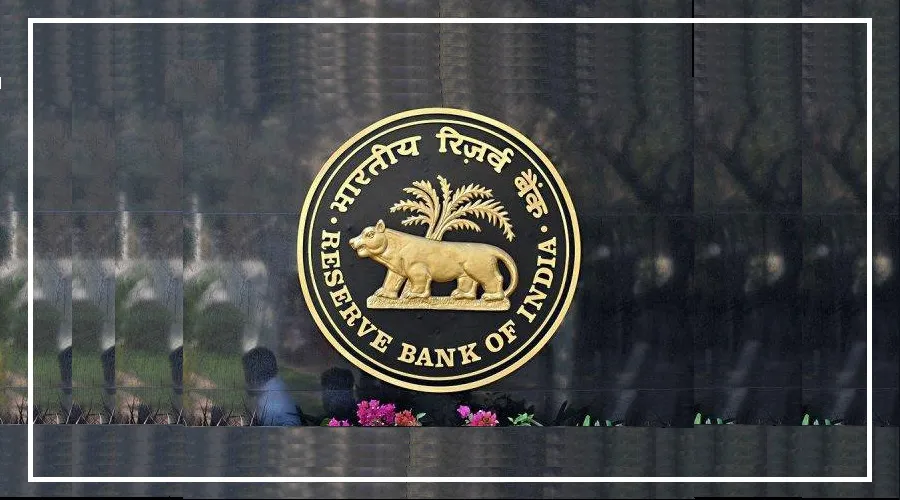The Reserve Bank of India (RBI) has introduced seven new guidelines for banks, covering areas such as interest rates, loans against gold and silver, and capital regulations.
These rules will come into effect on October 1, 2025. In addition, the RBI has also released four draft guidelines, aimed at benefiting both customers and banks.
Changes to Loans and Interest Rates
Floating-Rate Loans:
The RBI has updated the rules for floating-rate loans under the Interest Rate on Advances (Amendment Directions), 2025.
Previously, banks could only change the spread every three years. Now, spreads can be reduced sooner to benefit borrowers.
Additionally, converting EMI-based personal loans to a fixed rate at the time of reset is no longer mandatory and will depend on the bank’s discretion.
Loans Against Gold and Silver:
Under the Gold and Silver Loans (First Amendment Directions), 2025, not only jewelers but also industries that use gold as raw material can now take these loans.
Moreover, Tier-3 and Tier-4 urban cooperative banks are now allowed to provide such loans.
Amendments to Capital Regulations
The RBI has clarified Basel III capital regulations related to perpetual debt instruments and foreign currency or rupee-denominated bonds. These changes will only apply to scheduled commercial banks, excluding regional rural banks.
Four Draft Guidelines
Gold Metal Loan (GML): Repayment period extended from 180 days to 270 days for jewelers, including non-manufacturers who outsource jewelry production.
Large Exposure Framework (LEF) & Intragroup Transactions and Exposures (ITE): Provides clarity on transactions involving foreign bank branches and links ITE thresholds to Tier-1 capital.
Credit Information Reporting (First Amendment): Banks must now submit data weekly instead of fortnightly, correct errors faster, and include CKYC numbers in consumer records.
The RBI has invited suggestions and comments on these draft rules until October 20, 2025.

